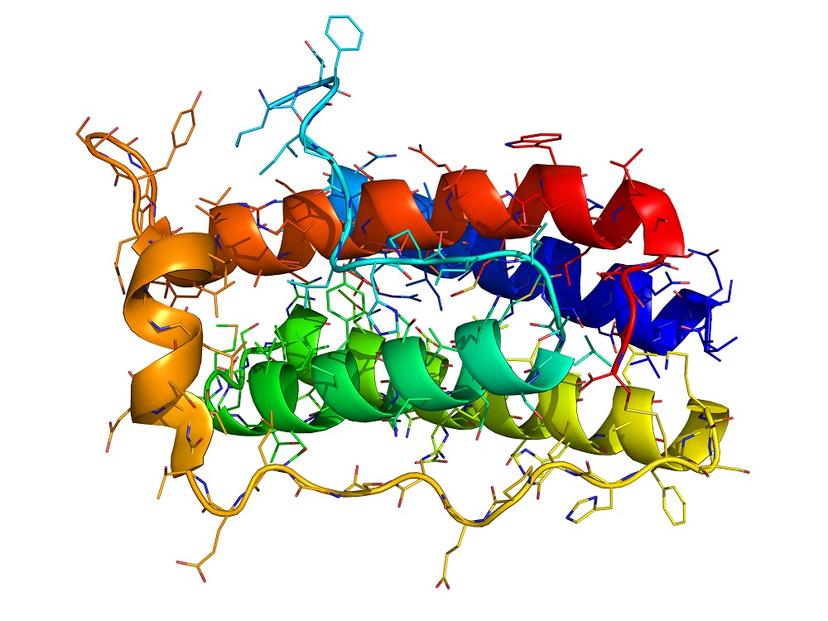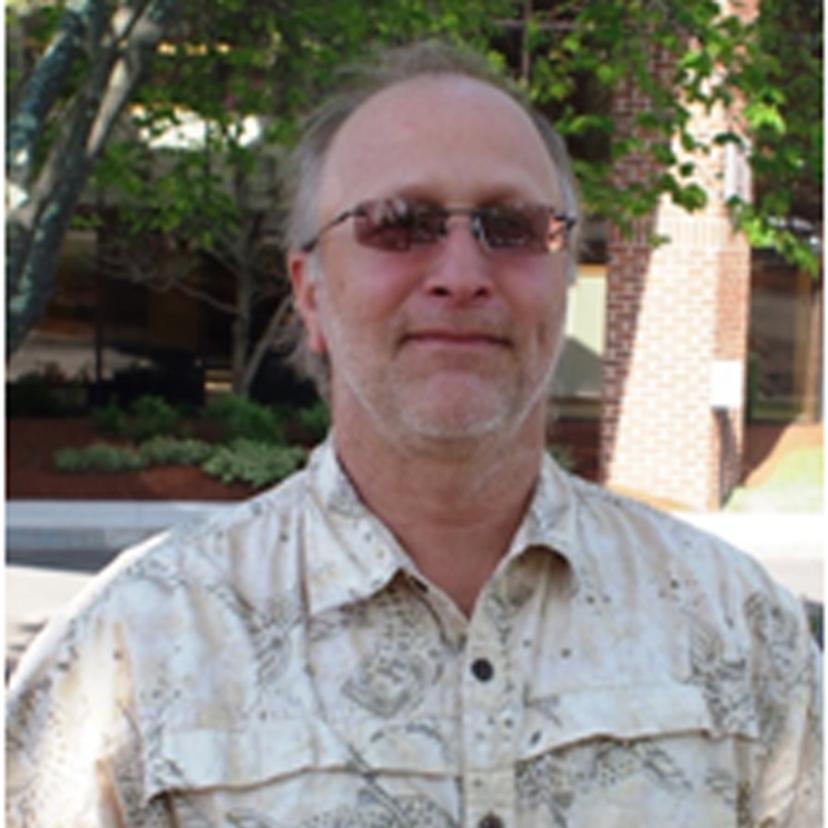Webinar Highlights - Novel Approaches for Peptide Analyses Using Traditional and Innovative Reversed-Phase Chromatography
19 Sept 2016

Stephan M. Koza, PhD Principal Scientist at Waters Corporation

Dr. Brooke M. Koshel, Senior Scientist at Waters Corporation
Dr Brooke Koshel and Stephan Koza from Waters Corporation presented a webinar discussing the methods available for peptide analysis. They explain the importance of column loadability for accurate detection and quantitation of low abundant peptide species, how to take advantage of selectivity and retentivity differences offered by different reversed-phase column chemistries, and the benefits of using the ACQUITY QDa Detector. Read on for highlights of the webinar Q&A session and, if you missed it, watch the full webinar here.
Q: How important is the column size for these separations?
Stephan: The length of the column can be really critical for these separations in the sense that the more plates you add, the more resolution you can get. As you get down to 2-micron particle sizes, an optimum column length is around 100 to 150 mm.
The column internal diameter (ID) is also a critical factor, one thing to consider is what system you are using. The amount of system dispersion will dictate what that column ID is going to be. So, if you have a low dispersion system, such as an ACQUITY system, running a 2 or even a 1 mm ID might be possible. If you have a higher dispersion system, like an Alliance system, you might have to resort to 4.6 mm ID or maybe 3 mm.
Q: What would you advise for collating peptides?
Stephan: Changing the selectivity of the separation to try to pull those peptides apart is probably the easiest first step to try. However, remember that if you change the selectivity of certain critical pairs, you are going to lose the resolution of other critical pairs.
Brooke: The key with using a QDa is having peaks that are different in mass. The mass accuracy of the QDa is ± 0.2 daltons (Da), so if you are working with close masses, the QDa is not applicable. However, if you have quotas that have a different mass, you can monitor that.
Q: What particle size was used for the separations shown in the presentation?
Stephan: The majority of the data I showed used 1.7-micron particle size, there was also some data that used a 2.5-micron particle size.
Brooke: I generally used the 1.7-micron particle size as well.
Q: I deal with proteins in 30 - 100 kilodalton (kDa) range for drug product formulation. Can the QDa molecular range handle my analytes?
Brooke: That depends on what the charge profile looks like, the mass range of the QDa is 30 - 1250 kDa. I have looked at protein subunits before, heavy and light chains, which are around 50 kDa and I was able to cover partial charge envelopes. At higher molecular weights, it would depend on the charge.
Q: Is it possible to protect post-translational modification at the peptide or protein level?
Stephan: Certainly, it would be possible.
Brooke: Again it depends what you’re looking at. That’s not an application that I’ve looked at myself, but it’s something that would certainly be applicable.
Q: Does the optimum wavelength for the protection of peptides and glycopeptides vary for HPLC, and if so how?
Stephan: In general no. We are focused on the UV detection at the 214 nm wavelength for checking the backbone of the peptide. If the peptide has tyrosine or tryptophan as part of the amino acid sequence, absorbance at 280 nm can also be used. However, it would be the same wavelength regardless of whether it’s a glycopeptide or not.
Q: I am separating a mix of large proteins, 47 proteins for drug production. Is it possible to do this in the 30 – 72 kDa range, with high throughput, without carryover?
Stephan: There are certainly tricks that you can take into account to try to increase the range of separation but the CSH column is not ideal for larger proteins. The positive charges and mega charges, particularly the mega charges on the larger proteins, can interact with the positively charged CSH surface. Ultimately, the most important thing to consider is temperature control. Putting different additives in the mobile phase can also be helpful, such as butanol and other large chain alcohols.
Q: Do you have any suggestions for reducing optical UV noise and shallow gradients of 0.1% of formic acid water ACN for peptide separations on an ACQUITY UPLC?
Stephan: There will always be a difficulty in doing that. One of the things you notice when you run a formic acid is at the very beginning, there is a hump in the baseline. A lot of that is actually the eluted formic acid from the surface of the reverse phase column. So, using the cleanest mobile phases you can get and using the cleanest formic acid are the two main ways to try to reduce the noise. You could also slightly raise the wavelength and that would reduce noise, for example 220 nm as opposed to 214 nm.

